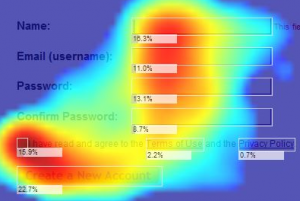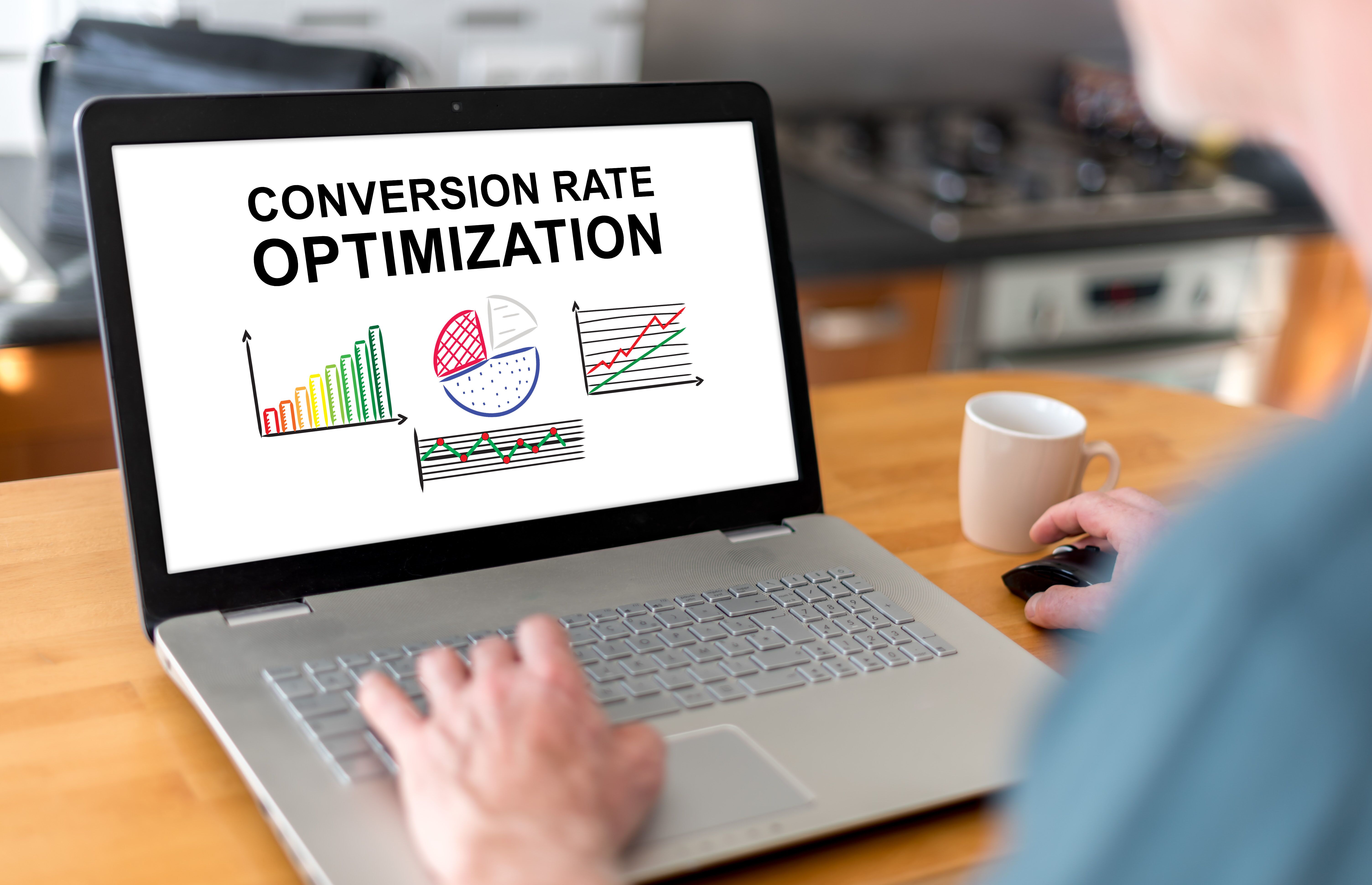Like almost every practice, system, and ideology, conversion rate optimization has its fair share of myths, misunderstandings, and half-truths.
The reason for this, in part, is because CRO is both an art and a science. Also, CRO has no set-in-stone guidelines, only insights and suggestions.
Not all myths about CRO are harmful. But some myths can lead to misunderstandings that can cost you money, time, and resources.
To clear up any potential confusion, let’s drop some knowledge on four of the most common misconceptions about conversion rate optimization.
Conversion Rate Optimization And A/B Split-Testing Are The Same.

This is one of the most common myths about CRO. But CRO does not, in fact, equal A/B split-testing. Split-testing is a facet of CRO—and an important one at that. But split-testing is a tactical endeavor that’s used to validate your hypotheses and decisions, whereas CRO encompasses more than that; it’s more exploratory.
CRO is a broad strategy involving a variety of skills and practices, such as copywriting, design, and analytics, that focuses on the following (starting with the most important):
- functionality
- accessibility
- usability
- Intuitiveness
- Persuasiveness.
“A/B split testing is a part of your CRO tool kit, not the tool kit itself!” says Justin Rondeau. Plus, you can still optimize your site even if you don’t have enough traffic to run tests.
Identifying Pain Points Is A Guessing Game.
Sometimes, marketers may have a gut feeling about which hypotheses to test or why certain elements aren’t converting. But the reality is identifying pain points should be based on real data and evidence, not hunches or intuition.
CRO relies on heat-mapping, mouse-tracking, and user-feedback tools to assess how visitors interact and engage with your site and content and to communicate with visitors directly.

Heat-mapping and mouse-tracking tools include Hotjar, Crazy Egg, and Heatmap.com. And to get user feedback, you can use Intercom, SurveyMonkey, and Five Second Test.
What Works For One Site Will Work For Yours.
Conversion rate optimization isn’t a checklist of best practices that business can simply run down and implement. While there are guidelines and suggestions you can try and some basic truths (e.g. site speed matters), there are no guaranteed, one-size-fits-all, solutions.

Reading case studies can provide interesting insights. But most case studies don’t offer enough context for you to tell if your results would be similar, seeing as there are likely many differing variables, such as traffic sources and customers.
So, what works well for one site could actually yield terrible results for you.
“Websites are highly contextual,” says Peep Laja. And so, you’ll get much better results if you learn about your customers and how they interact with your website and then base your hypotheses and tests on that.
CRO Is All About Tiny Changes Yielding Big, Dramatic Results.
Sometimes, one small tweak you make will yield big, dramatic results. But more often than not, CRO isn’t about finding “silver bullets.” It’s about identifying and testing ways to eliminate or reduce points of friction and improve UX. It’s about creating processes. And to get big, dramatic results, you typically need to implement big, dramatic changes.
Of course, there are always exceptions. And sometimes, something as minor as changing a single word of your button copy can have a radical effect.
But only looking for the low hanging fruit isn’t an effective long-term strategy. You need to address the underlying issues (e.g. lack of trust, confusing layout, too many distractions) if you want to see big results.
What do you think of this list of conversion rate optimization misconceptions? Are there any other myths you can think of? Contact us via social media and let us know!




